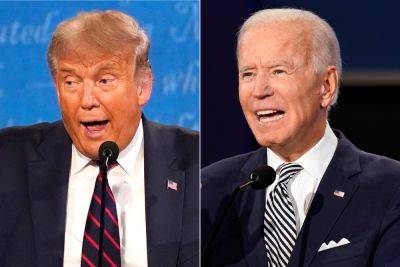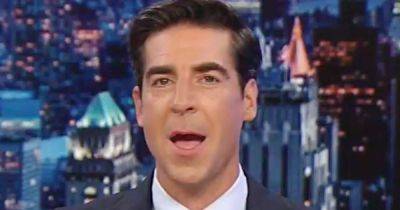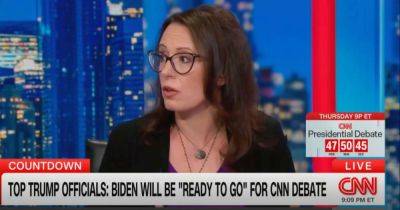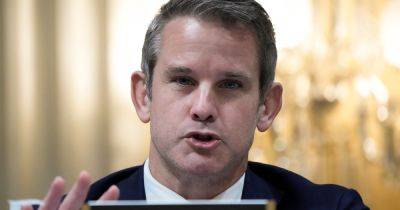Will Trump give the familiar VP storyline a new makeover in Milwaukee?
Over the past year, the process by which the two major political parties choose their candidates for president has unfolded with little, if any, suspense. Still, the consequences of any presidential election – not to mention the drama and portents of this particular election – compel the attention of voters and media alike.
Yet it has only been in the last few weeks that many of us have come to focus on the process for choosing the party nominees for vice president. One reason for that is simple: There is no such process. Or at least no process the public can watch.
We have dozens of primaries and caucuses and spend hundreds of millions of dollars on frantic campaigning for the “top of the ticket.” By contrast, we spend relatively little or nothing at all on the other half of that ticket.
That is because the bottom half is simply picked by the top half. The presidential nominee decides on his or her “running mate” and there is rarely any meaningful resistance to that at the party convention where the nominees become official (thereby securing ballot access in every state).
At times, the primaries have served up a winner and a runner-up who became the running mate. Such was the case when Sen. John Kerry, the Democratic nominee in 2004, chose fellow Sen. John Edwards for vice president. More often, however, if a nominee has a choice, the pick comes from among primary rivals who finished well back in the pack.
That was the case when Barack Obama chose Joe Biden in 2008. The two senators from Illinois and Delaware went on to win. But in choosing Biden, Obama passed over another senator, Hillary Clinton of New York, who had given him a long and hard fight for the nomination and nearly equaled him in primary votes.
Eight years







